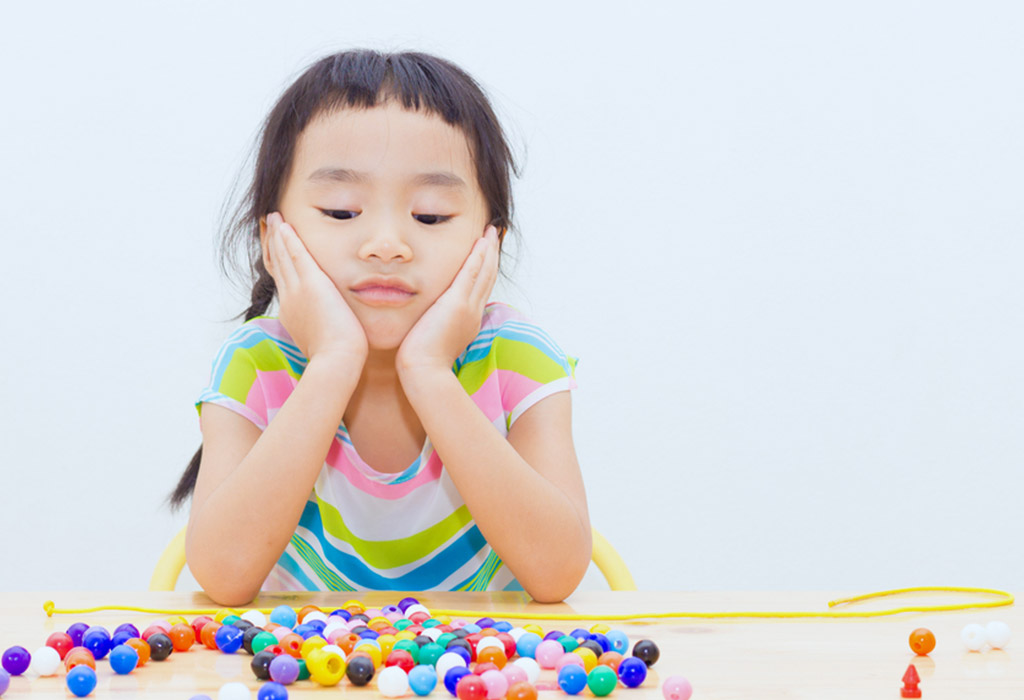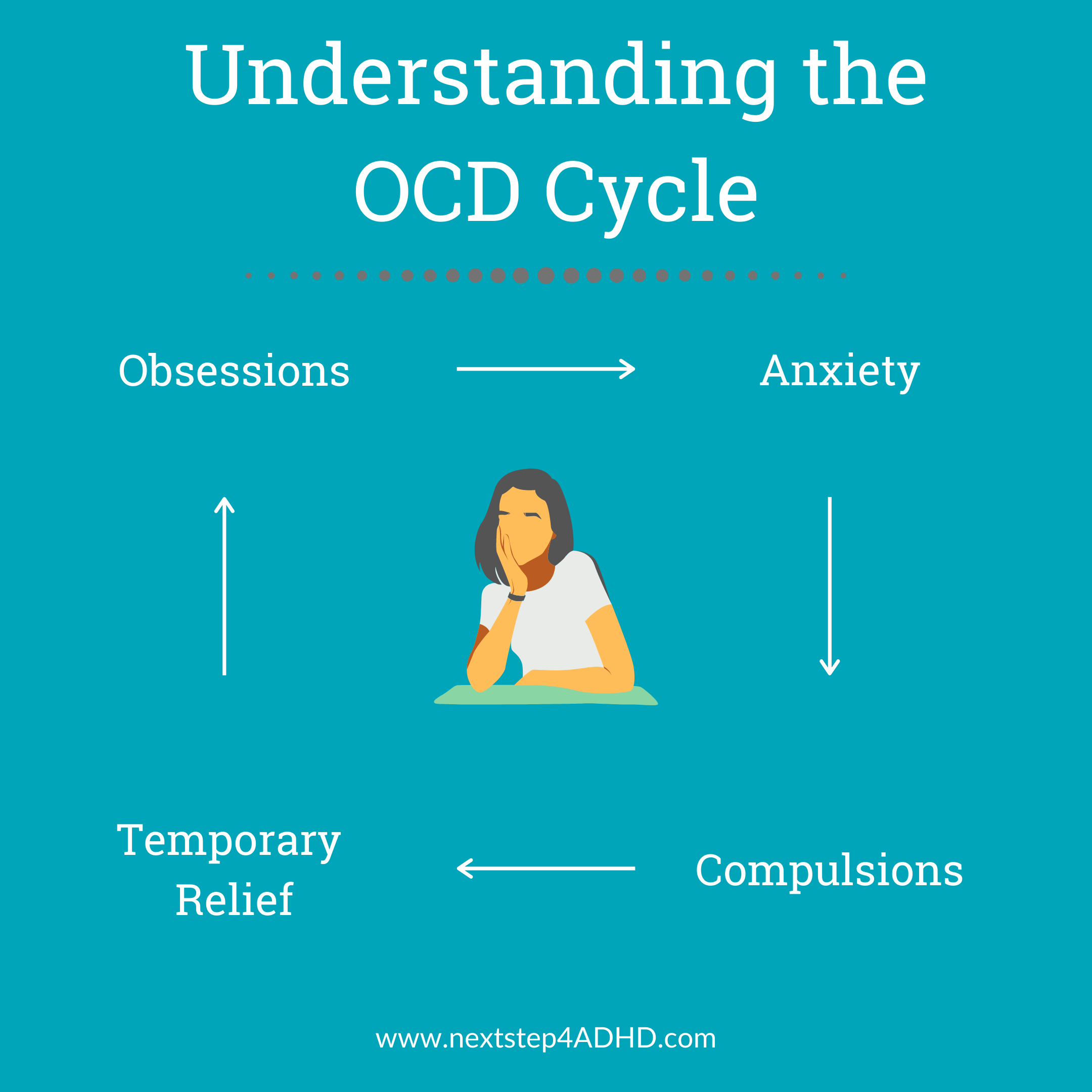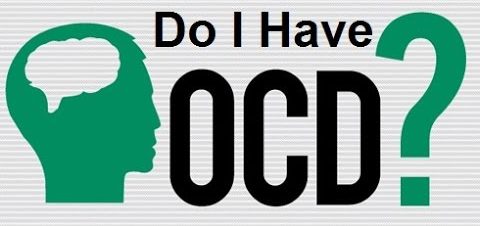Best Tips About How To Diagnose Ocd In Children
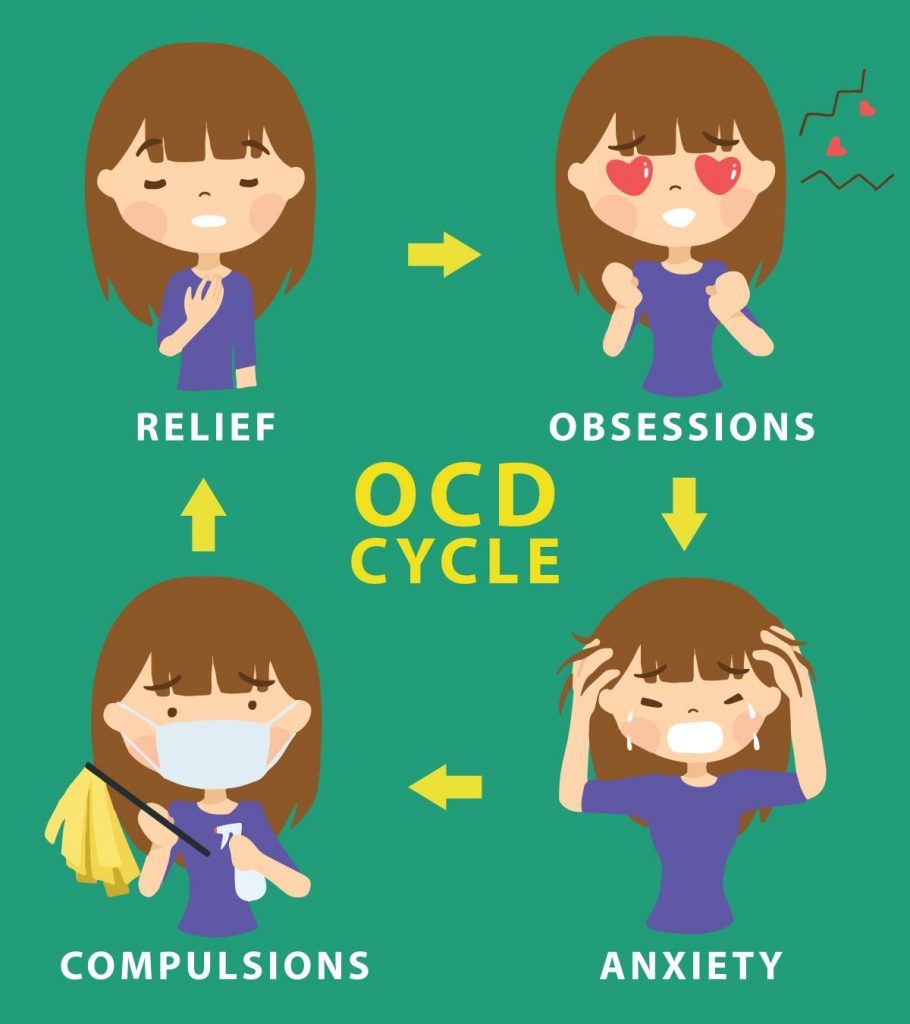
They also teach a child new.
How to diagnose ocd in children. How to recognize signs of ocd in children characteristics of ocd in children. To diagnose ocd in children and adolescents, clinicians from the child study center, part of hassenfeld children’s hospital at nyu langone, meet with you and your child to perform a. Children with ocd may have unhealthy obsessions.
To be diagnosed with ocd, the child must exhibit obsessions and compulsions that are continuous and severe enough to be considered disruptive to their daily life. This includes discussing your thoughts, feelings, symptoms and behavior patterns. This may take place over one or more appointments.
The main symptoms of ocd in children are obsessions, compulsions, or both. Rituals to undo contact with a “contaminated” person or object, touching rituals, rituals to prevent harming self or others, ordering or arranging objects, counting rituals,. Once the child receives an official diagnosis, the.
The provider will ask you. “as soon as it becomes a worry, seek a consultation with your gp who will refer you for treatment if warranted,” says joanna. In terms of the actual diagnostic criteria, the nice guidelines for ocd report the following by the international classification of diseases and ocd.
What are the signs of ocd in children? Though improvements have been made in diagnosing individuals with ocd sooner, many people who show symptoms of ocd as children are not diagnosed until adulthood. For example, they may be obsessed with avoiding germs or contamination,.
Repeating actions until they are “just right” or starting things over again. Ocd typically includes uncontrollable, recurring thoughts (obsessions) and behaviors (compulsions or rituals) that a child feels an urgent need to repeat again and again. A doctor, psychiatrist, or other mental health professional can diagnose ocd in a child by asking questions about their thoughts and behaviors.
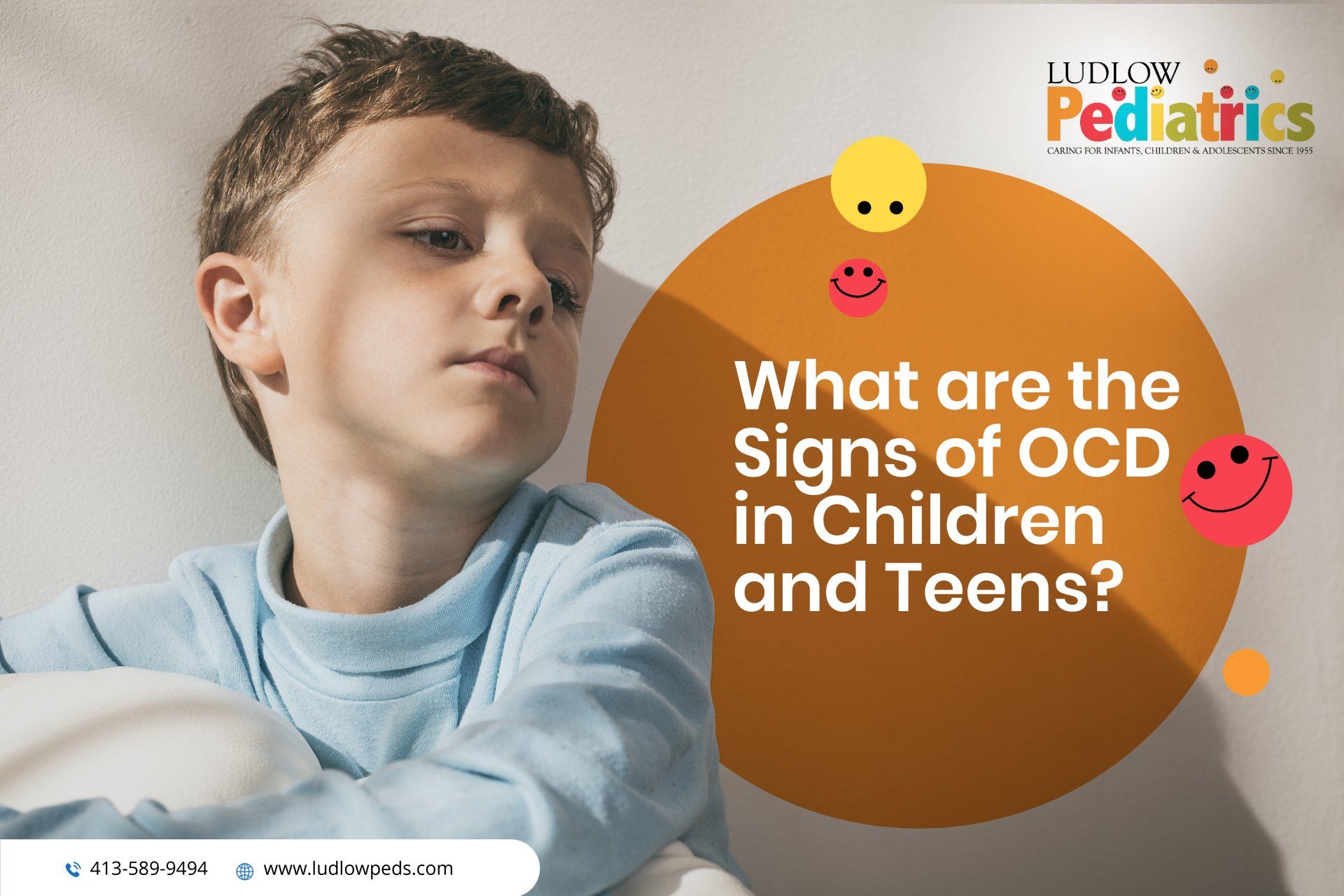


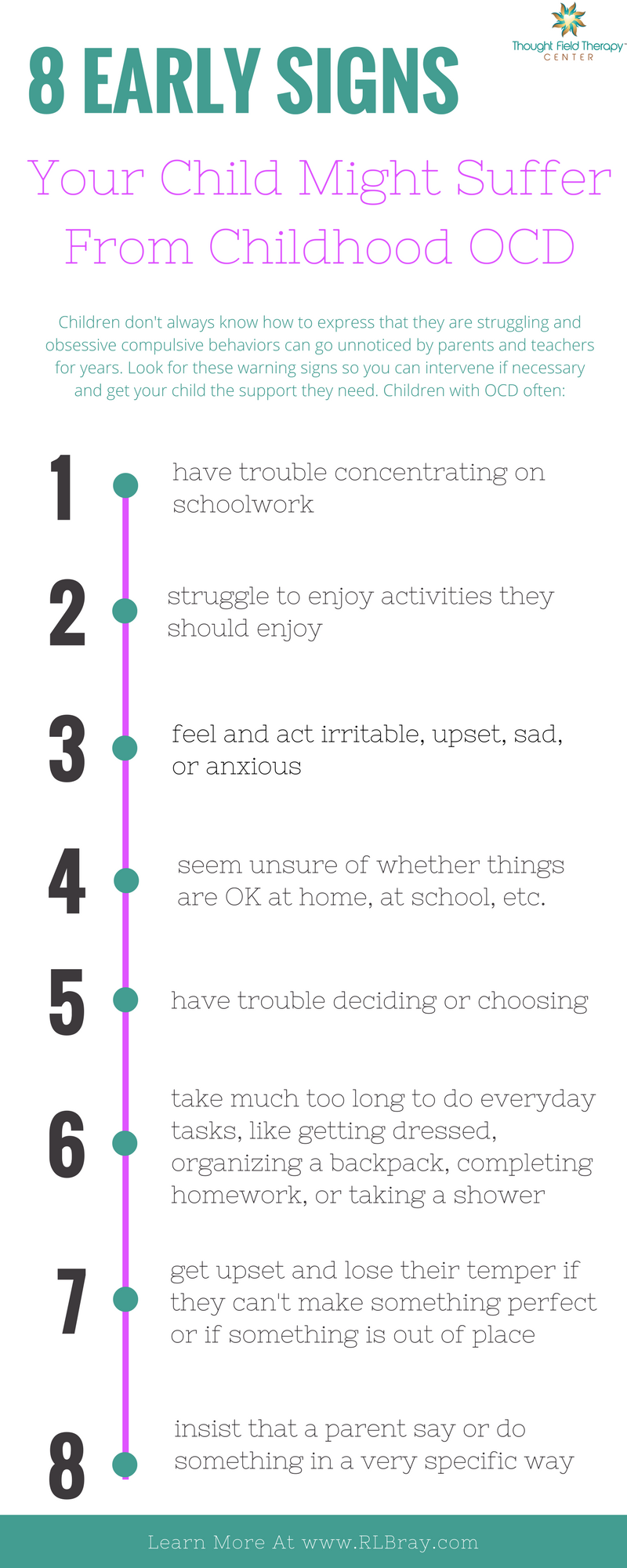





/little-boy-crouching-on-the-floor-at-home-playing-with-building-bricks-970156634-5c1bb5334cedfd0001663268.jpg)

/GettyImages-482184423-58c9805c3df78c3c4f530758.jpg)


